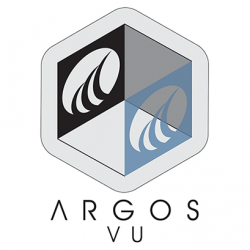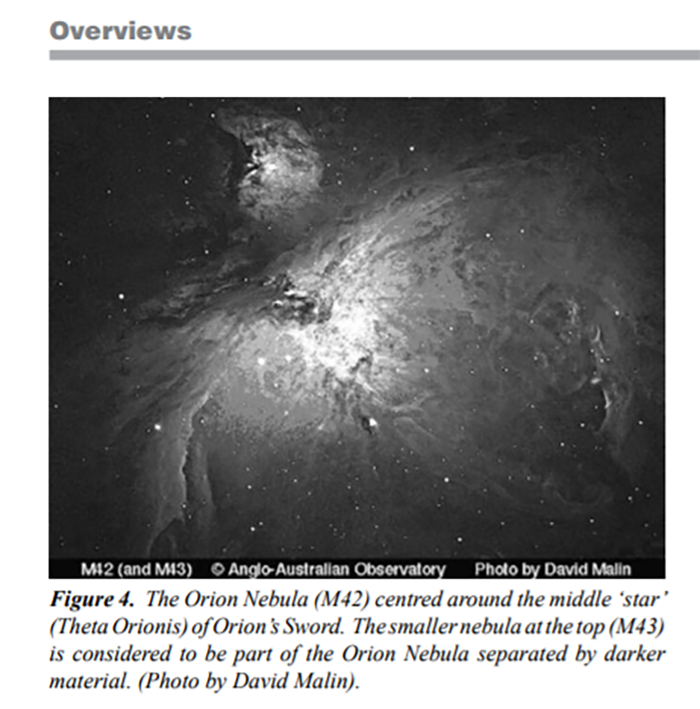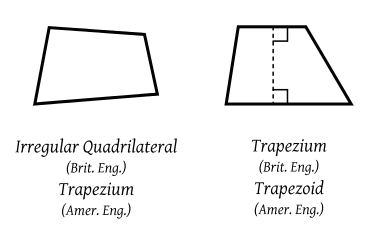Trapezium Cluster
If we look more closely into the core region of the Orion
Nebula we may see a small group of stars exciting most of
the visible nebulosity. The set of four optically visible stars
at the core of the nebula forms the Trapezium. The stars
in this region are known to be luminous X-ray sources.
A few stars can be made out in the visible spectrum (figure
5–A). But if we look at the image taken with infrared light
(figure 5–B), which is able to penetrate the dusty regions,
we see a beautiful cluster of stars that was hidden from
view. The Trapezium lies at the front surface of a massive,
dusty molecular cloud. The Trapezium stars, labelled ‘A’,
‘B’ and ‘C’, were first described by Christian Huygens in
1656 when he independently rediscovered the Orion Nebula.
The fourth, or ‘D’, was first found by Abbé Jean Picard in
1673, and later independently by Huygens in 1684.




